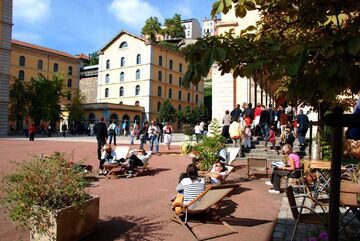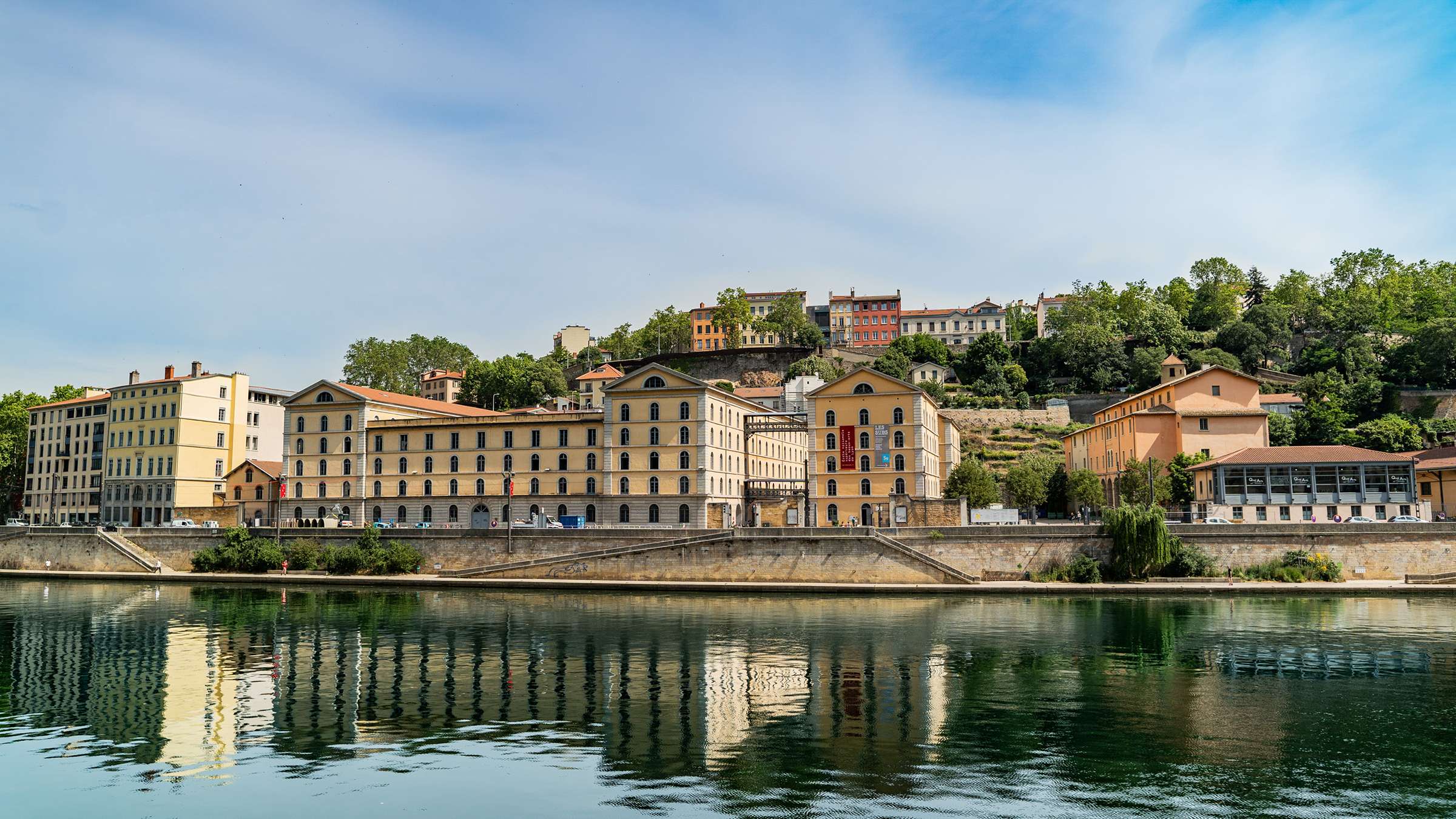
©
© Fleur Arens

In the space of two decades, Les Subsistances (renamed ‘Les Subs’ in 2019) has established itself as an unusual cultural and living space where various artforms come together.
Formerly an army warehouse in the nineteenth and twentieth centuries, hence the name (Translator’s note: ‘subsistances’ means ‘food supplies’), les Subsistances has a history going all the way back to 1640. The Sisters of the Visitation ordered the construction of the convent Sainte-Marie-des-Chaînes on the left bank of the Saône, which was named after a chain system installed on the river by customs officers to prevent smugglers entering the city.
During the French Revolution, the nuns fled to Annecy and the convent’s church was destroyed.
In 1807, the site was requisitioned and handed over to the Minister of War, who used it to store food supplies for military forces stationed in the region. Following the Second World War, the various operations were gradually phased out and the army permanently vacated the site in 1991.
The buildings were returned to the City of Lyon in 1995 and, following major works, the site was transformed into a creative cultural space in 2001. Following further renovation works, the École Nationale des Beaux-Arts (national school of fine arts) moved into the premises in 2007. Since then, Les Subs has welcomed international artists in residence and fun events (it has served as a venue for the Nuits Sonores music festival and Lyon Street Food Festival many times), offering audiences an eclectic programme that promotes the contemporary scene in all its diversity (drama, circus, dance, music and more).
Don’t miss this highlight of the cultural calendar. Each summer, Les Subs invites an artist to create a spectacular installation in its courtyard. In 2024, it is the turn of Crescendo, a work by Julian Vogel, formed of a 70-metre-long and 9-metre-tall metal line, decorated with a myriad of ceramic cylinders. It will be on display until October, but the best times to see it will be the 21st of June, for the Fête de la Musique (Music Day) and Grand Échauffement (a giant outdoor dance workshop), and the 14th of July for the Grand Bal de la Fête Nat’ (Bastille Day ball).
Food
Shopping
Special feature
Discoveries